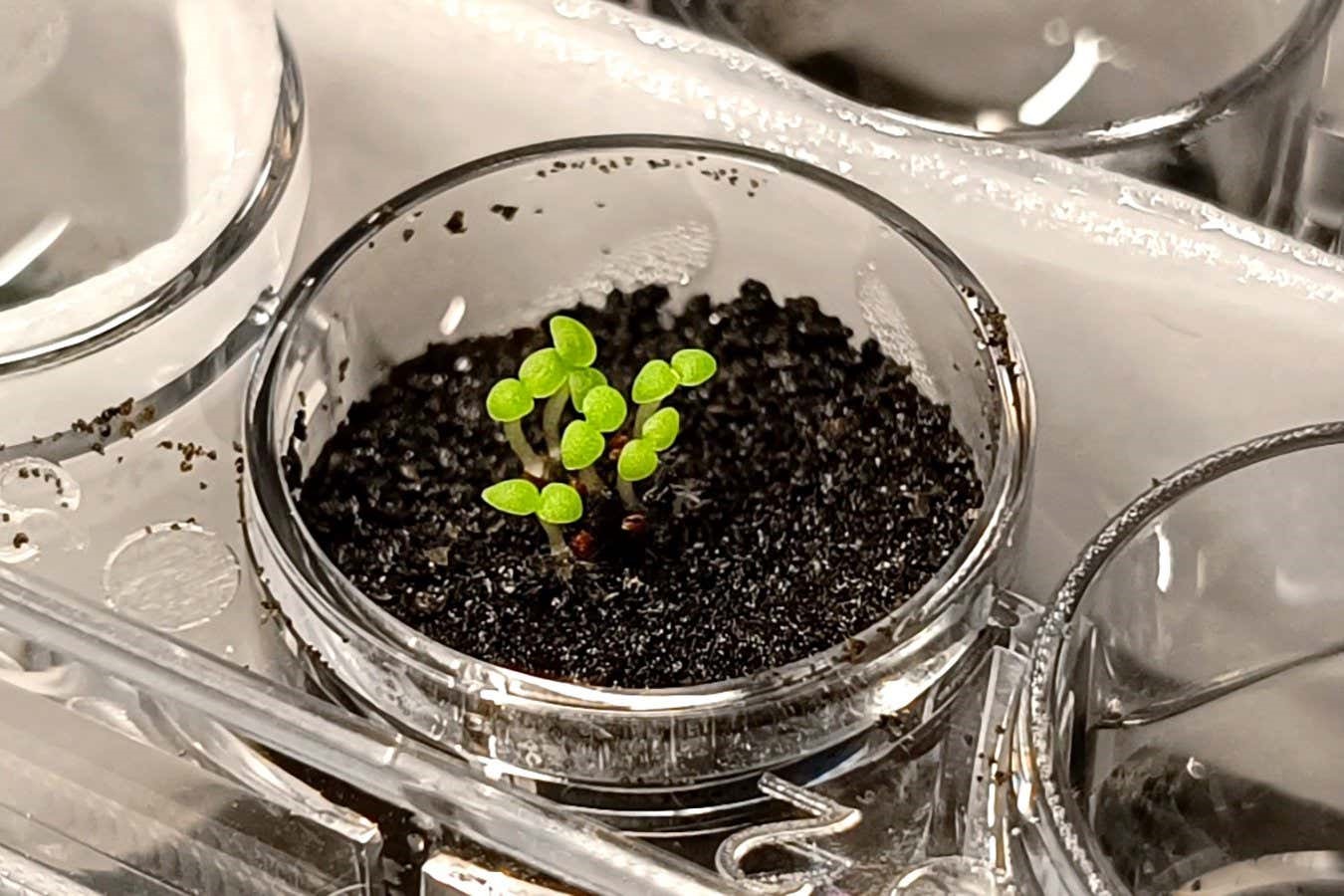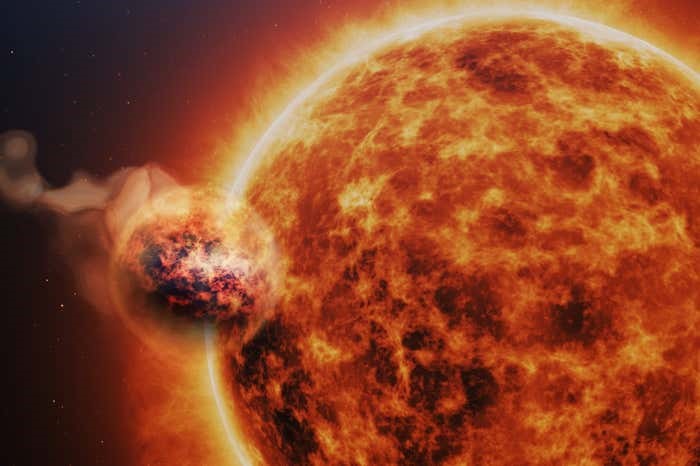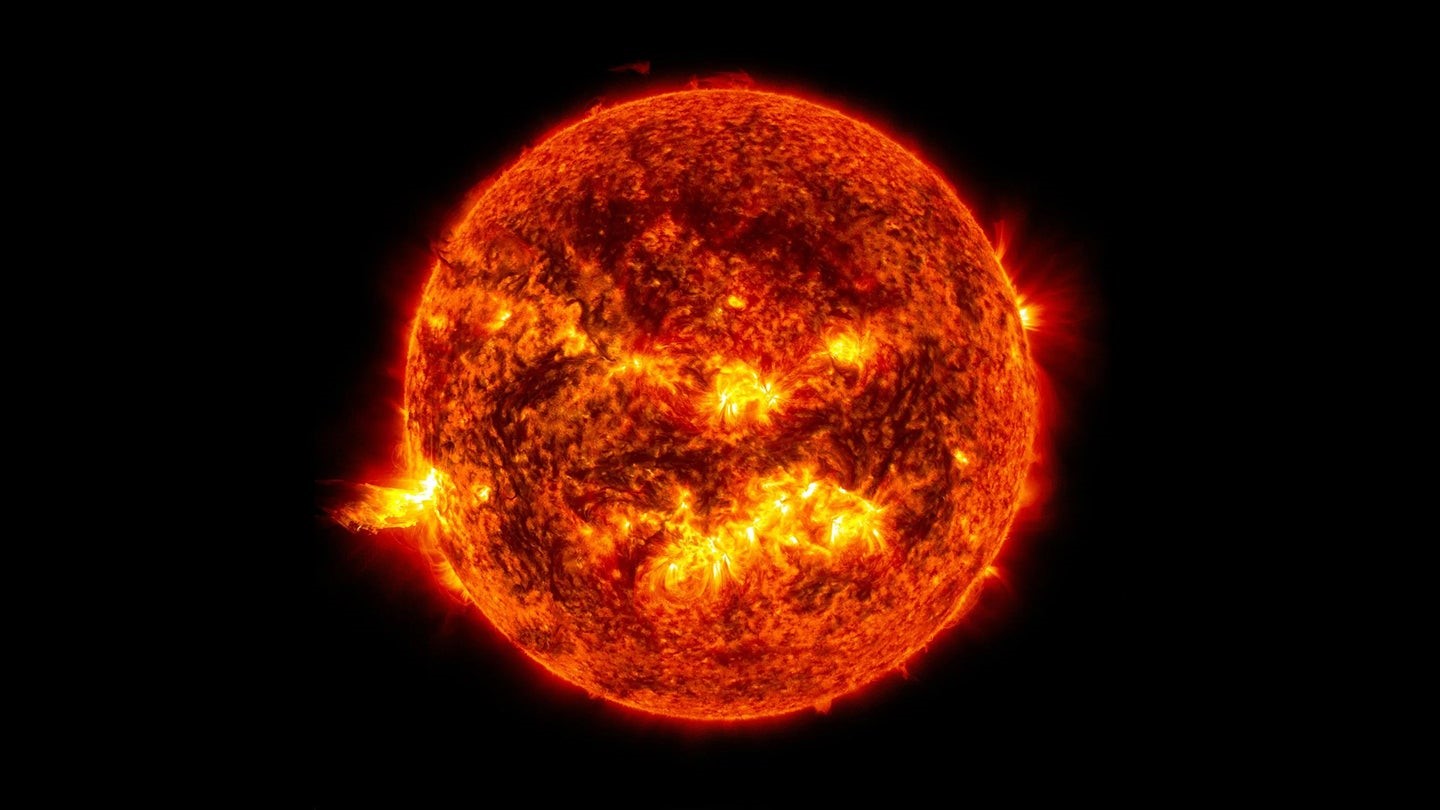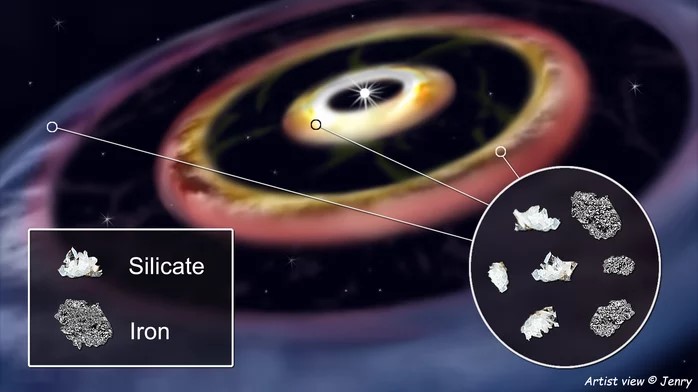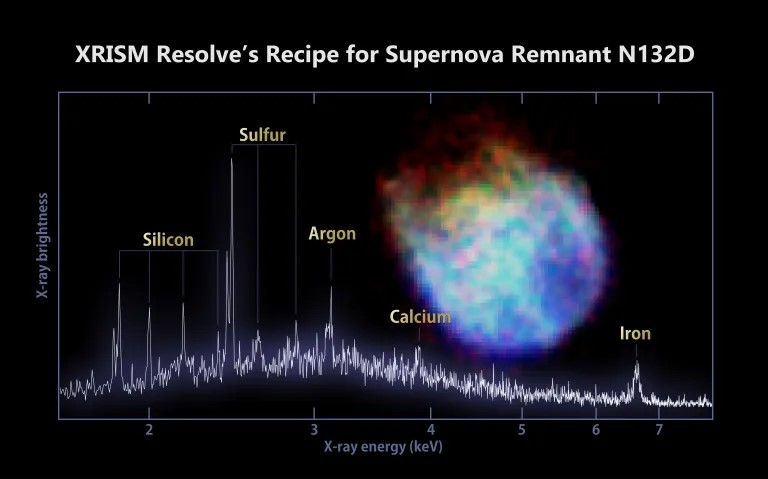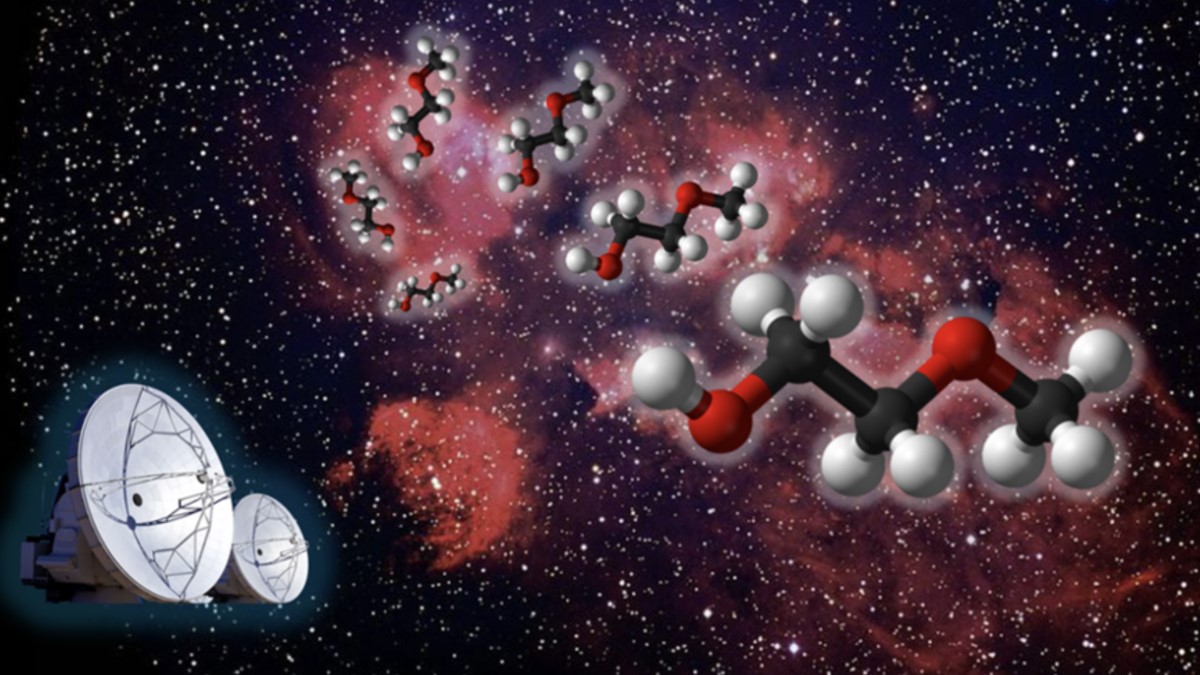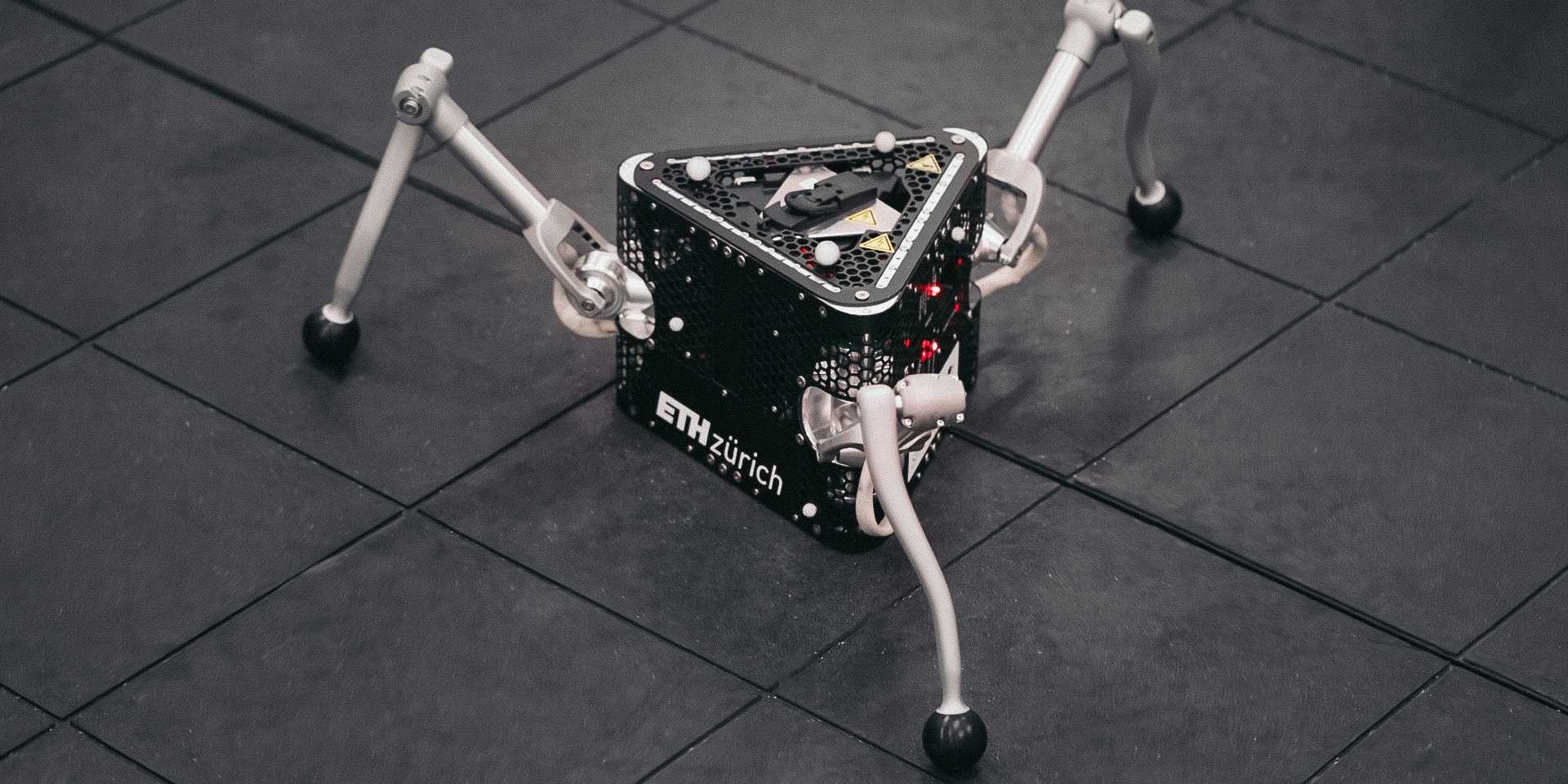Plastic Supercapacitors: A Potential Solution to the Energy Crisis
UCLA chemists have developed a textured, fur-like version of PEDOT, a conductive plastic widely used in electronics protection, solar cells, and electrochromic displays. This innovative form enhances the material's surface area, enabling it to store nearly ten times more electric charge than standard PEDOT. When integrated into a supercapacitor, it demonstrated remarkable durability, enduring nearly 100,000 charge cycles. This breakthrough could advance the role of supercapacitors in energy storage, supporting the transition to renewable and sustainable energy solutions.
Plastics have revolutionized modern life, initially valued for their insulating properties in electronics. However, a surprising discovery in the 1970s revealed that certain plastics could conduct electricity, transforming the field and unlocking new possibilities in electronics and energy storage.

Figure 1. Illustration of a PEDOT-Coated Graphene Sheet for High-Capacity Energy Storage in Supercapacitors
One of the most widely used conductive plastics today is poly(3,4-ethylenedioxythiophene) (PEDOT). This flexible, transparent material is commonly applied to photographic films and electronic components to prevent static buildup [1]. PEDOT also plays a key role in touchscreens, organic solar cells, and electrochromic devices, such as smart windows that adjust transparency at the push of a button. Figure 1 shows Illustration of a PEDOT-Coated Graphene Sheet for High-Capacity Energy Storage in Supercapacitors.
Although PEDOT has numerous applications, its role in energy storage has been limited due to its low electrical conductivity and restricted surface area, which hinder its energy storage capacity.
To overcome these challenges, UCLA chemists have developed a precise method to control PEDOT’s morphology, enabling the growth of nanofibers with exceptional conductivity and increased surface area. These improvements are essential for enhancing PEDOT’s energy storage potential. Their findings, published in Advanced Functional Materials, highlight the promise of PEDOT nanofibers for supercapacitor applications.
Supercapacitors vs. Traditional Batteries
Unlike batteries, which store energy through slow chemical reactions, supercapacitors accumulate electrical charge on their surface, enabling ultra-fast charging and discharging. This makes them ideal for applications requiring rapid bursts of power, such as regenerative braking in hybrid and electric vehicles and camera flashes. Improving supercapacitors could help reduce reliance on fossil fuels.
A key challenge in supercapacitor development is designing materials with enough surface area to store large amounts of energy. Traditional PEDOT materials lack sufficient surface area, limiting their performance.
To address this, UCLA chemists developed a novel vapor-phase growth process to create vertical PEDOT nanofibers. These nanofibers, resembling dense grass growing upward, dramatically enhance the material’s surface area for improved energy storage. The process involved adding a liquid containing graphene oxide nanoflakes and ferric chloride to a graphite sheet and exposing it to a vapor of precursor molecules. Instead of forming a thin, flat film, the PEDOT polymer grew into a thick, fur-like structure, significantly outperforming conventional PEDOT materials.
Outstanding Energy Storage Potential
“The material’s unique vertical growth enables us to create PEDOT electrodes that store significantly more energy than traditional PEDOT,” said Maher El-Kady, corresponding author and UCLA materials scientist. “Electric charge is stored on the surface, but conventional PEDOT films lack sufficient surface area to hold a large amount of charge. By increasing PEDOT’s surface area, we enhanced its capacity enough to build a high-performance supercapacitor.”
Using these PEDOT structures, the researchers fabricated supercapacitors with outstanding charge storage capacity and remarkable cycling stability, enduring nearly 100,000 cycles. This breakthrough could lead to more efficient energy storage systems, addressing key challenges in renewable energy and sustainability.
“A polymer is essentially a long chain of molecules made up of smaller units called monomers, similar to a necklace formed by individual beads,” explained Maher El-Kady. “We heat the liquid monomers inside a chamber, and as the vapors rise, they undergo a chemical reaction upon contacting the surface of the graphene nanoflakes. This reaction causes the monomers to bond and form vertical nanofibers. These nanofibers have a significantly higher surface area, allowing them to store much more energy.”
Unprecedented Performance and Durability
The newly developed PEDOT material has demonstrated outstanding performance, surpassing expectations in key areas. Its conductivity is 100 times higher than that of commercial PEDOT, making it significantly more efficient for charge storage. Even more remarkable, its electrochemically active surface area is four times greater than that of traditional PEDOT, enabling much higher energy storage within the same material volume and greatly enhancing supercapacitor performance.
By growing a dense layer of nanofibers on a graphene sheet, researchers achieved one of the highest charge storage capacities ever reported for PEDOT—over 4600 milliFarads per square centimeter, nearly ten times that of conventional PEDOT [2]. Additionally, the material is exceptionally durable, withstanding more than 70,000 charge cycles, far exceeding traditional materials. These breakthroughs pave the way for faster, more efficient, and longer-lasting supercapacitors, making them an essential component in the advancement of renewable energy technologies.
“The outstanding performance and durability of our electrodes highlight the great potential of graphene-PEDOT for supercapacitors, which could play a crucial role in meeting society’s energy demands,” said Richard Kaner, corresponding author and UCLA distinguished professor of chemistry and materials science and engineering. Kaner’s research team has been a leader in conducting polymer research for over 37 years. As a doctoral student, he contributed to the discovery of electrically conductive plastics under the guidance of his advisors, Alan MacDiarmid and Alan Heeger, who later received a Nobel Prize for their groundbreaking work.
References:
- https://www.chemistry.ucla.edu/news/plastic-supercapacitors-could-solve-energy-storage-problems/
- https://scitechdaily.com/plastic-supercapacitors-could-help-solve-the-energy-crisis/
Cite this article:
Janani R (2025), Plastic Supercapacitors: A Potential Solution to the Energy Crisis, AnaTechMaz, pp. 176




